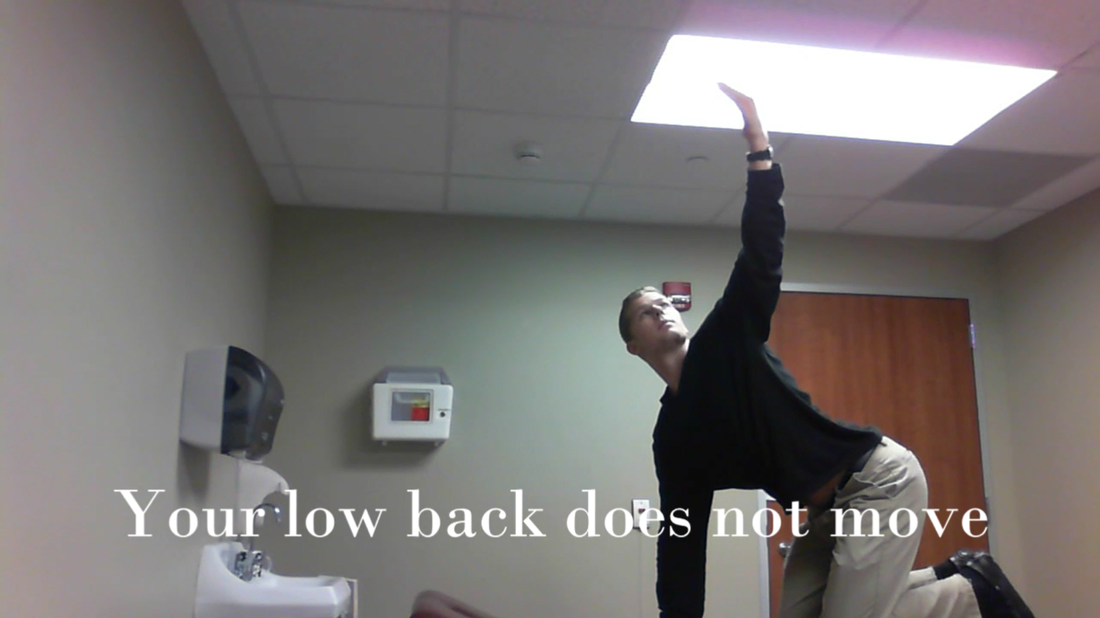- Home
- About Us
- TSPT Academy
- Online Courses
-
Resources
- Newsletter
- Business Minded Sports Physio Podcast
- Day in the Life of a Sports PT
- Residency Corner
-
Special Tests
>
-
Cervical Spine
>
- Alar Ligament Test
- Bakody's Sign
- Cervical Distraction Test
- Cervical Rotation Lateral Flexion Test
- Craniocervical Flexion Test (CCFT)
- Deep Neck Flexor Endurance Test
- Posterior-Anterior Segmental Mobility
- Segmental Mobility
- Sharp-Purser Test
- Spurling's Maneuver
- Transverse Ligament Test
- ULNT - Median
- ULNT - Radial
- ULNT - Ulnar
- Vertebral Artery Test
- Thoracic Spine >
-
Lumbar Spine/Sacroiliac Joint
>
- Active Sit-Up Test
- Alternate Gillet Test
- Crossed Straight Leg Raise Test
- Extensor Endurance Test
- FABER Test
- Fortin's Sign
- Gaenslen Test
- Gillet Test
- Gower's Sign
- Lumbar Quadrant Test
- POSH Test
- Posteroanterior Mobility
- Prone Knee Bend Test
- Prone Instability Test
- Resisted Abduction Test
- Sacral Clearing Test
- Seated Forward Flexion Test
- SIJ Compression/Distraction Test
- Slump Test
- Sphinx Test
- Spine Rotators & Multifidus Test
- Squish Test
- Standing Forward Flexion Test
- Straight Leg Raise Test
- Supine to Long Sit Test
-
Shoulder
>
- Active Compression Test
- Anterior Apprehension
- Biceps Load Test II
- Drop Arm Sign
- External Rotation Lag Sign
- Hawkins-Kennedy Impingement Sign
- Horizontal Adduction Test
- Internal Rotation Lag Sign
- Jobe Test
- Ludington's Test
- Neer Test
- Painful Arc Sign
- Pronated Load Test
- Resisted Supination External Rotation Test
- Speed's Test
- Posterior Apprehension
- Sulcus Sign
- Thoracic Outlet Tests >
- Yergason's Test
- Elbow >
- Wrist/Hand >
- Hip >
- Knee >
- Foot/Ankle >
-
Cervical Spine
>
- I want Financial Freedom
- I want Professional Growth
- I want Clinical Mastery
 The quality of lumbar spine movement and a patient's willingness to load through their spine is key to any lower body functional movement- squat, single leg balance, running, or even sit to stand. An inability to load through the spine alters the joint mechanics above and below the spine. In these instances other joints must change their role to compensate for altered lumbar mechanics. For this reason it is important assess lumbar spine cardinal plane range of motion with every lumbar and lower quarter evaluation (hip, knee, and ankle). When I say 'assess range of motion,' I do not mean using a goniometer or inclinometer to check their degree of movement. I am looking to see if a patient has functional or dysfunctional motion. For example, when a patient flexes forward, do they own that movement. Is it painful? Do they have a uniform spinal curve? Can they touch their toes? Where does the motion come from- thoracic, lumbar, hips, or combined? When assessing lumbar spine AROM, it is essential to focus on the following components: 1) Order of the movements- If the patient is not acute, I prefer to assess flexion, then extension, then sideglides (sidebending), and finally rotation. If they are acute, check least painful to most painful. 2) Loss of movement- Do they have full range of motion? Early on it is acceptable to use a measuring device, but in reality, the answer is much more objective. Yes or No? 3) Pain or stiffness present during the movement- Be sure to ask when the pain arises and where the pain is located. 4) Aberrant movements- These include shaking, catching, or uncoordinated muscle contractions. Clinically look to see if the patient has to use his hands to press up from a flexed position. Do they move in one plane or 'wiggle' their way into the movement. In rotation, do they flex or extend as they rotate? 5) Ownership of the movement. This means reaching full range in a fluid, stress free manner. Clinically look to see if the patient confidently moves through the entire range. Assess if they have to use momentum to reach full range of motion. 6) Uniform spinal curve. With lumbar flexion, does the patient have reversal of their lumbar curve? With extension, is the patient hinging excessively from one level? The above is my check system when assessing lumbar range of motion. Do you do anything different? Would you add anything? -Jim Heafner
Enjoy this post? Check out more from TSPT or join our INSIDER ACCESS page for exclusive material!
2 Comments
Tommie
5/8/2015 07:43:13 am
Jim,
Reply
Jim Heafner
5/8/2015 07:47:44 am
Thanks Tommie. I am starting to incorporate much more repeated loading into my practice. It makes a huge difference. I am still struggling with my starting intervention -whether or not the patient is appropriate for weight bearing repeated loading or non-weightbearing. It is trial and error at this point. I will use that tip on biasing into semi-flex/extension.
Reply
Leave a Reply. |
Dr. Brian Schwabe's NEW Book in partner with PaleoHacks!
Learn residency-level content on our
Insider Access pages We value quality PT education & CEU's. Click the MedBridge logo below for TSPT savings!Archives
July 2019
Categories
All
|








 RSS Feed
RSS Feed